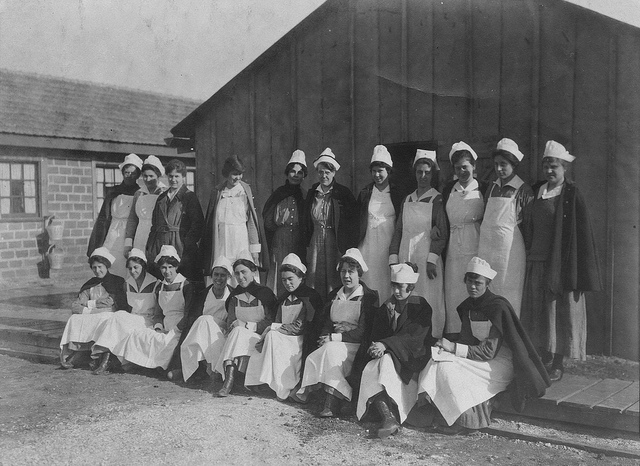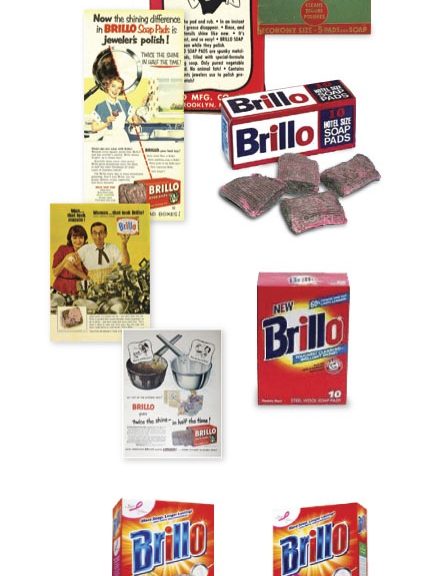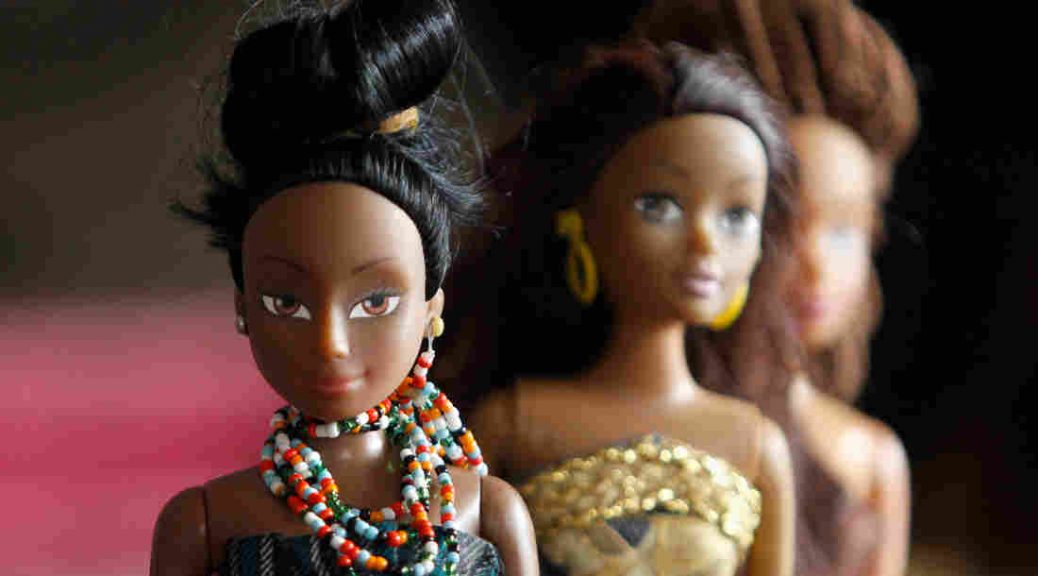The donkey and the elephant – how they became political icons
With the UK election less than a fortnight away, my story this week is the tale behind two political icons albeit American ones.
THE DONKEY & THE ELEPHANT
Like so many things in politics, it started with an insult – “Jackass”
During the 1828 presidential campaign, Andrew Jackson’s opponents started labelling him as a jackass.
However rather than Jackson rising to the bait, he adopted the jackass morphing it slightly into a donkey which he started putting on his election posters. For the rest of his career the image stayed with him; cartoonists used it to either represent him as a stubborn ass or as someone struggling to control one.
 Almost 40 years later, inn 1870, a German-born political cartoonist Thomas Nast, the drew a cartoon for Harper’s Weekly titled “A Live Jackass Kicking a Dead Lion.”
Almost 40 years later, inn 1870, a German-born political cartoonist Thomas Nast, the drew a cartoon for Harper’s Weekly titled “A Live Jackass Kicking a Dead Lion.”
The donkey represented not just a single Democrat but a faction called the “Copperhead Democrats”(the Northern Democrats that opposed the Civil War). The lion represented Edwin M. Stanton, Abraham Lincoln’s Secretary of War who had recently died. Nast thought the Copperheads were anti-Union and that the Democratic press’s treatment of Stanton was disrespectful.
In 1874, there was a possibility that Ulysses S. Grant would run for a third presidential term that the democratic press labelled as potentially akin to Caesarism (political authoritarianism). Nast, a life-long Republican thought this was a cheap scare tactic and so drew another cartoon for Harper’s, again using a donkey to represent the Democratic press and added two other animals.
 The cartoon, titled “The Third Term Panic” used the donkey wearing a lion’s skin in order to frighten a group of animals. Among those animals are an elephant labelled “Republican Vote” which is awkwardly fleeing towards a pit labelled “Inflation” and “Chaos”. Among the other animals is a fox with a collar labelled “Democrats”. It is quietly backing away from the pit.
The cartoon, titled “The Third Term Panic” used the donkey wearing a lion’s skin in order to frighten a group of animals. Among those animals are an elephant labelled “Republican Vote” which is awkwardly fleeing towards a pit labelled “Inflation” and “Chaos”. Among the other animals is a fox with a collar labelled “Democrats”. It is quietly backing away from the pit.
The Republicans lost control of the House of Representatives, and Nast bemoaned the defeat in another cartoon. It showed an elephant caught in a trap set by a donkey, and the lumbering confused behemoth of the Republican Party undone by the scare tactics.
Nast continued to use the elephant and the donkey in his cartoons, eventually having them represent the whole of his party and the opposition. The fox never really caught on.
By 1880, other cartoonists had picked up the symbols and spread them across the country.
Over a century later, their continued use in cartoons, party literature, campaign buttons and all sorts of political merchandise and propaganda has cemented the association between the parties and their animals.
The Republicans have even adopted the elephant as their official symbol, though the Democrats have so far shied away from doing the same for poor donkey.

 Kimberley Clark decided on a new approach. They changed the name to KOTEX, a meaningless worger (word merger) of c[K]Otton-like TEXture that would hopefully not reveal anything in a crowded drugstore. The second and perhaps crucial change was the introduction of counter displays so that women could buy their Kotex without talking to the clerk. At the time this was not something that every retailer immediately agreed to, but as results were soon to show it solved the problem of a product people didn’t want to really talk about, and definitely didn’t want to ask a member of the opposite sex for.
Kimberley Clark decided on a new approach. They changed the name to KOTEX, a meaningless worger (word merger) of c[K]Otton-like TEXture that would hopefully not reveal anything in a crowded drugstore. The second and perhaps crucial change was the introduction of counter displays so that women could buy their Kotex without talking to the clerk. At the time this was not something that every retailer immediately agreed to, but as results were soon to show it solved the problem of a product people didn’t want to really talk about, and definitely didn’t want to ask a member of the opposite sex for.


 He reasoned that ‘[the western influence] might have been responsible for her (my daughter) wishing she was white. It made me aware that I needed to make her proud and happy being a black African girl, and not limit it to her alone as this was a common trend among the younger generation. The Queens of Africa became a platform to achieve this.’
He reasoned that ‘[the western influence] might have been responsible for her (my daughter) wishing she was white. It made me aware that I needed to make her proud and happy being a black African girl, and not limit it to her alone as this was a common trend among the younger generation. The Queens of Africa became a platform to achieve this.’ The dolls are now, according to Reuters, selling up to 9,000 units a month – a staggering 15 per cent of the country’s toy market – and is so successful that it is outselling Barbie in Nigeria. The Queens of Africa programme now includes books, dolls, comics, music and an animation series.
The dolls are now, according to Reuters, selling up to 9,000 units a month – a staggering 15 per cent of the country’s toy market – and is so successful that it is outselling Barbie in Nigeria. The Queens of Africa programme now includes books, dolls, comics, music and an animation series.